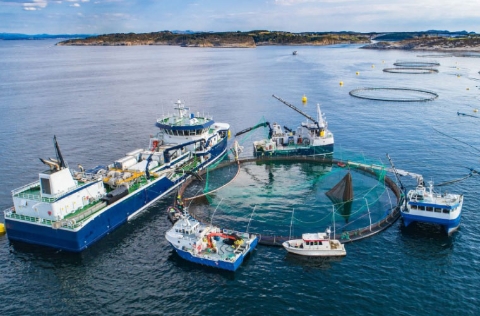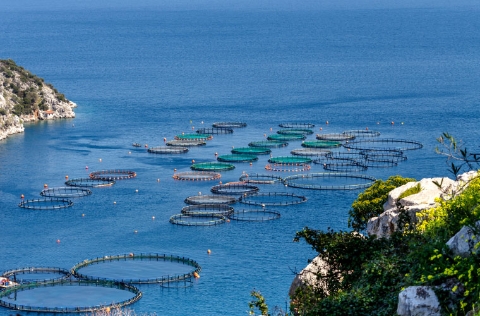
Animal welfare has ceased to be an abstract notion and has instead become a strategic pillar of modern aquaculture. No longer seen as a passing trend or a burden for producers, it is now understood as a production tool – one that enables the sector to meet the expectations of increasingly demanding Mediterranean and European consumers concerned about the origin and rearing conditions of farmed fish.
In this context, European researchers from the AQUAEXCEL 3.0 project have taken a decisive step forward with the publication of an updted set of welfare indicators for five key species. For Mediterranean producers, three stand out in particular: gilthead seabream, European seabass and rainbow trout.
Far from being a simple farming manual, the document presents genuine scientific “toolboxes”, initially developed for research setting under the EU directive on the use of animals. However, its relevance extends well beyond the laboratory: it establishes the technical and operational foundations that will shape the future regulations, certifications and access to higher-value markets.
The objective is to move from passive observation to active monitoring, based on environmental, physiological and behavioural indicators capable of detecting problems before they translate into production losses.
The scientific robustness of this new roadmap is backed by a team of 51 researchers from leading institutions across eight European countries.
Species-specific analysis reveals nuances of enormous practical significance. In the case of rainbow trout (Oncorhynchus mykiss), the study confirms that its welfare depends on exceptionally precise environmental control. Monitoring oxygen and temperature is not enough; this species is highly sensitive to water quality, particularly to nitrogenous compounds such as ammonia and nitrite, whose accumulation can cause gill damage and physiological disturbances that often go unnoticed during routine visual checks.
Gilthead seabream (Sparus aurata) presents a different profile. It shows remarkable resilience to certain handling procedures: in tests using electronic devices, fish returned to baseline activity levels in just an hour and a half – much faster than species such as Atlantic salmon. However, this robustness should not lead to complacency. The study highlights the need for rigorous monitoring of skeletal deformities – particularly those affecting the operculum-which can compromise respiration and growth. This calls for careful nutritional and genetic control from the earliest developmental stages.
For European seabass (Dicentrarchus labrax), the key lies in social dynamics. The report introduces the concept of “iceberg indicators”: visible signs - such as aggression or uneven distribution in tanks – that point to deeper issues linked to density, feeding or social hierarchy. Maintaining group stability is as important for this species as ensuring good water quality.
One of the most transformative aspects of this scientific update is its strong commitment to digitalization and non-invasive monitoring. The study proposes gradually replacing manual sampling with advanced technologies such as automated image analysis to detect skin and fin lesions, acoustic sensor to record feeding behaviour without disturbances, and systems capable of analysing the microbiome – both skin and gut – as a early biomarker of stress. Together, these tools point towards a more precise, preventive and less intrusive production model.
This shift comes at a particularly significant moment for European aquaculture. Brussels is laying the groundwork for strengthening animal welfare standards, and producers how adopt these monitoring and documentation systems early will gain a clear advantage. Certifications based on verifiable indicators could become the key to entering major northern Eurpean retail chains, where welfare traceability is beginning to carry similar weight to food safety.
In a sector long accustomed to competing on price, this scientific perspective offers a clear pathway to competing on value. Welfare ceases to be a cost and becomes a strategic asset – a trust-building tool capable of differentiating Mediterranean products and positioning them at the forefront of the most demanding markets.
Reference:
Noble, C., Abbink, W., Alvestad, R., Ardó, L., Bégout, M.-L., Bloecher, N., et al., 2026. Welfare Indicators for Aquaculture Research: Toolboxes for Five Farmed European Fish Species. Rev. Aquac. 18, 270109. https://doi.org/10.1111/raq.70109



